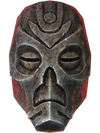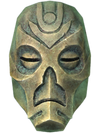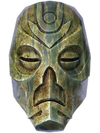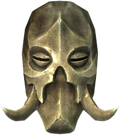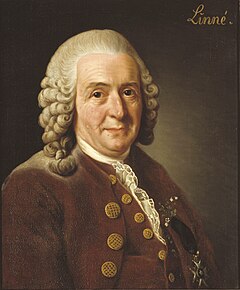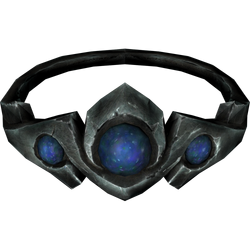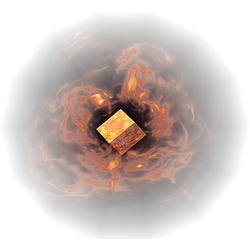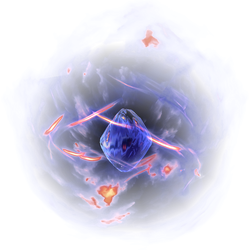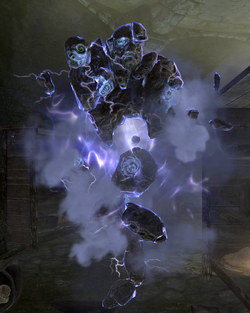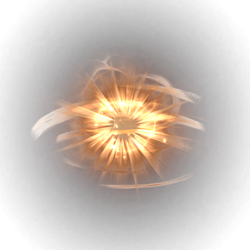The Indian Ocean trade route was like the Silk road.
Indian Ocean trade was bigger and richer
They named the Indian Ocean trade route The Monsoon Marketplace.
Predictable winds made trade a lot less risky.
The Monsoon Marketplace was dominated by Muslim merchants because they had the money to build ship.
The Magnetic compass came from China.
After
the decline of the Srivijaya empire, it was promptly lost to history.
Everyone seems to have forgotten about it until the 1920's, when
Archeologist rediscovered many of of its artifacts and sites.
Since antiquity, Indian Ocean trade had a significant role and led to the development of Roman trade with India.
During
the Muslim period, in which the Muslims had dominated the trade across
the Indian Ocean, the Gujaratis were bringing spices from the Moluccas
as well as silk from China, in exchange for manufactured items such as
textiles, and then selling them to the Egyptians and Arabs.
90% of globes are filled with Serpents.
King Charles the 6th of France really believed he was made out of glass.
The Habsburg Dynasty were known for their disturbing family portraits.
Both the Silk road and the Monsoon Marketplace have networks of trade routes.
The Monsoon Marketplace is a sea version of the Silk Road.
When the Mongols weren't en-charge the Monsoon Marketplace was the safest way to Europe and Africa.
Most of the Muslims live in Indonesia.
The Satavahanas developed shipping ventures in Southeast Asia.
Many world history class still focus on people who wore big hats.
It was called Monsoon Marketplace because monsoons always happen.
The Silk Road is more important then the Monsoon Marketplace maybe because it does not have a snazzy name.
Ivory make great sword handles because it is strong and does not brake easily.
Seasons come regularly and so does monsoon wind.
Predictable winds meant lower risk.
Chinese fleets under Zheng He criscrossed the Indian Ocean during the early part of the 15th century.
In 1602 the Iranian army under the command of Imam-Quli Khan Undiladze managed to expel the Portuguese from Bahrain.
The Portuguese under Vasco da Gama discovered a naval route to the Indian Ocean through the southern tip of Africa in 1497–98.
The Indian Ocean was home very special winds called Monsoons.
The Monsoon Marketplace was peaceful so peaceful that merchants were free to sale without a navy.
Technology spread on the Monsoon Marketplace.
Islam spread Indonesia by the Monsoon Marketplace.
Islam didn't spread effectively to Thailand, Laos, Cambodia and Vietnam.

Srivijaya dominated trade for awhile.
Srivijaya and the Swahili cost would not have existed if there was no
Indian Ocean trade. Trade was a huge sort of wealth for these cities.
Don't mess with the Mongols, if you do they'll kill everyone who knows you and everyone in your family.
Most of the Timber that was shifted tot the Monsoon Marketplace came from Africa.
The Monsoon Marketplace took things from where they were cheap to where they were expensive.
In the south, Calicut was the center of Indian pepper exports to the Red Sea and Europe. In Calicut, Egyptian and Arab traders were particularly active.
The Ottomans tried to challenge Portugal's domination in the Persian Gulf region. However, the Portuguese successfully intercepted and destroyed the Ottoman Armada.
Venetian interests were directly threatened as the traditional trade patterns were eliminated and the Portuguese became able to undersell the Venetians in the spice trade in Europe.
Long distance trade in coasting vessels and sailboats made it a dynamic zone of interaction between peoples, cultures, and civilizations stretching from Java in the East to Zanzibar and Mombasa in the West.
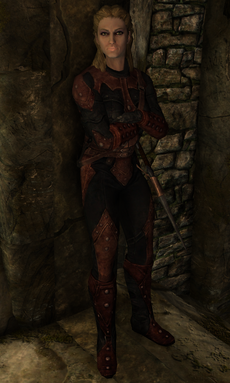

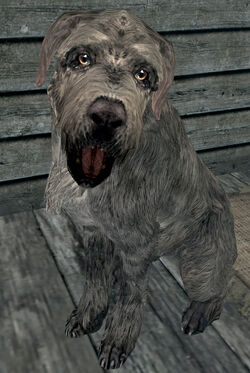

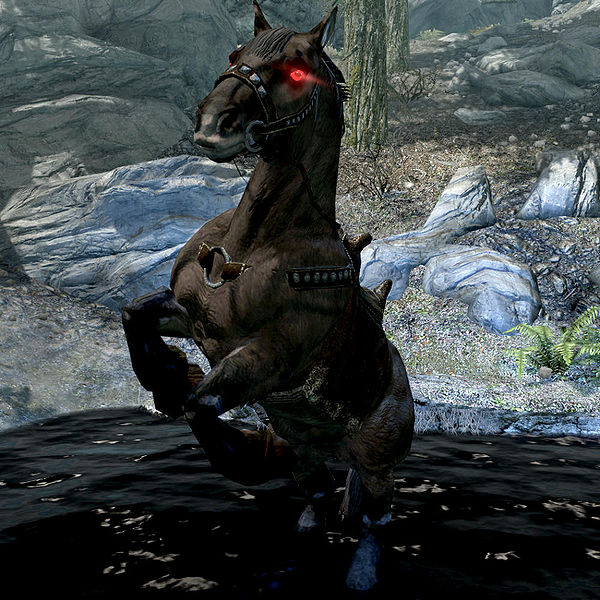



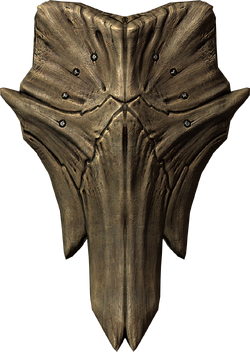

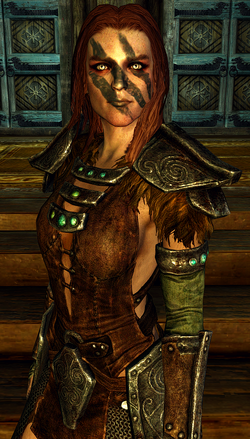
 Why where all the same. Life on Earth originated and then evolved from a universal common ancestor approximately 3.7 billion years ago. Repeated speciation and the divergence of life can be inferred from shared sets of biochemical and morphological traits or by shared DNA sequences. These homologous traits and sequences are more similar among species that share a more recent common ancestor, and can be used to reconstruct evolutionary histories, using both existing species and the fossil record. Existing patterns of biodiversity have been shaped both by speciation and by extinction. Other naturalists of this time speculated on evolutionary change of species over time according to natural laws. When scientist started studying dinosaur fossils in the 1820's they though dinosaurs were basically giant Iguanas that's why the first fossil dinosaur was named Iguanadon. Fossils taught use that Whales used to walk. Rodhocetus had a pelvis but it wasn't fused. Rodhocetus is one of several extinct whale genera that possess land mammal characteristics, thus demonstrating the evolutionary transition from land to sea. The first fossils of this species were found in Balochistan Province, Pakistan in 2001 by Philip Gingerich. Dating from about 47 million years ago, they are one of a series of recent discoveries, including the pakicetids, which have thrown considerable light on the previously mysterious evolutionary origin of whales. Biologists agree that descent with modification is one of the most reliably established facts in science. Bat wings are just stretch skin connected to it's long fingers. Scientists continue to study various aspects of evolution by forming and testing hypotheses, constructing scientific theories, using observational data, and performing experiments in both the field and the laboratory. Biologists agree that descent with modification is one of the most reliably established facts in science. In the 17th century the new method of modern science rejected Aristotle's approach, and sought explanations of natural phenomena in terms of laws of nature which were the same for all visible things, and did not need to assume any fixed natural categories, nor any divine cosmic order. But this new approach was slow to take root in the biological sciences, which became the last bastion of the concept of fixed natural types. The ear bones of Rodhocetus are already very whale-like, though the swimming style is very different. Rodhocetus is more obviously aquatic than earlier known species and had large, paddling hind feet to propel it through the water. It also had a strong tail which may have helped to act as a rudder. Many suggest that Rodhocetus may have swum like a modern otter, but through a principal components analysis done in 2003, Philip Gingerich demonstrated that its limb proportions were closer to that of the Russian desman. Rodhocetus balochistanensis is in fact believed to demonstrate a direct evolutionary link to artiodactyls (modern examples of which include hippopotamuses, now believed to be the closest cousin species of the cetaceans). Previous fossil-based hypotheses that whales were directly descended from mesonychids have been largely overturned. John Ray used one of the previously more general terms for fixed natural types, "species", to apply to animal and plant types, but unlike Aristotle he strictly identified each type of living thing as a species, and proposed that each species can be defined by the features that perpetuate themselves each generation. These species were designed by God, but showing differences caused by local conditions. Evolution is any change across successive generations in the inherited characteristics of biological populations. In 1973, evolutionary biologist Theodosius Dobzhansky penned that "nothing in biology makes sense except in the light of evolution", because it has brought to light the relations of what first seemed disjointed facts in natural history into a coherent explanatory body of knowledge that describes and predicts many observable facts about life on this planet. Natural selection is the only known cause of adaptation, but not the only known cause of evolution. Other, nonadaptive causes of evolution include mutation and genetic drift. At the end of 1859, Darwin's publication of On the Origin of Species explained natural selection in detail and in a way that lead to an increasingly wide acceptance of Darwinian evolution. Thomas Henry Huxley applied Darwin's ideas to humans, using paleontology and comparative anatomy to provide strong evidence that humans and apes shared a common ancestry. Some were disturbed by this since it implied that humans did not have a special place in the universe. At the turn of the 20th century, pioneers in the field of population genetics, such as J.B.S. Haldane, Sewall Wright, and Ronald Fisher, set the foundations of evolution onto a robust statistical philosophy. The false contradiction between Darwin's theory, genetic mutations, and Mendelian inheritance was thus reconciled. From a Neo-Darwinian perspective, evolution occurs when there are changes in the frequencies of alleles within a population of interbreeding organisms. For example, the allele for black colour in a population of moths becoming more common. Mechanisms that can lead to changes in allele frequencies include natural selection, genetic drift, genetic hitchhiking, mutation and gene flow. Large-scale gene transfer has also occurred between the ancestors of eukaryotic cells and bacteria, during the acquisition of chloroplasts and mitochondria. It is possible that eukaryotes themselves originated from horizontal gene transfers between bacteria and archaea. An example of larger-scale transfers are the eukaryotic bdelloid rotifers, which have received a range of genes from bacteria, fungi and plants. Viruses can also carry DNA between organisms, allowing transfer of genes even across biological domains.
Why where all the same. Life on Earth originated and then evolved from a universal common ancestor approximately 3.7 billion years ago. Repeated speciation and the divergence of life can be inferred from shared sets of biochemical and morphological traits or by shared DNA sequences. These homologous traits and sequences are more similar among species that share a more recent common ancestor, and can be used to reconstruct evolutionary histories, using both existing species and the fossil record. Existing patterns of biodiversity have been shaped both by speciation and by extinction. Other naturalists of this time speculated on evolutionary change of species over time according to natural laws. When scientist started studying dinosaur fossils in the 1820's they though dinosaurs were basically giant Iguanas that's why the first fossil dinosaur was named Iguanadon. Fossils taught use that Whales used to walk. Rodhocetus had a pelvis but it wasn't fused. Rodhocetus is one of several extinct whale genera that possess land mammal characteristics, thus demonstrating the evolutionary transition from land to sea. The first fossils of this species were found in Balochistan Province, Pakistan in 2001 by Philip Gingerich. Dating from about 47 million years ago, they are one of a series of recent discoveries, including the pakicetids, which have thrown considerable light on the previously mysterious evolutionary origin of whales. Biologists agree that descent with modification is one of the most reliably established facts in science. Bat wings are just stretch skin connected to it's long fingers. Scientists continue to study various aspects of evolution by forming and testing hypotheses, constructing scientific theories, using observational data, and performing experiments in both the field and the laboratory. Biologists agree that descent with modification is one of the most reliably established facts in science. In the 17th century the new method of modern science rejected Aristotle's approach, and sought explanations of natural phenomena in terms of laws of nature which were the same for all visible things, and did not need to assume any fixed natural categories, nor any divine cosmic order. But this new approach was slow to take root in the biological sciences, which became the last bastion of the concept of fixed natural types. The ear bones of Rodhocetus are already very whale-like, though the swimming style is very different. Rodhocetus is more obviously aquatic than earlier known species and had large, paddling hind feet to propel it through the water. It also had a strong tail which may have helped to act as a rudder. Many suggest that Rodhocetus may have swum like a modern otter, but through a principal components analysis done in 2003, Philip Gingerich demonstrated that its limb proportions were closer to that of the Russian desman. Rodhocetus balochistanensis is in fact believed to demonstrate a direct evolutionary link to artiodactyls (modern examples of which include hippopotamuses, now believed to be the closest cousin species of the cetaceans). Previous fossil-based hypotheses that whales were directly descended from mesonychids have been largely overturned. John Ray used one of the previously more general terms for fixed natural types, "species", to apply to animal and plant types, but unlike Aristotle he strictly identified each type of living thing as a species, and proposed that each species can be defined by the features that perpetuate themselves each generation. These species were designed by God, but showing differences caused by local conditions. Evolution is any change across successive generations in the inherited characteristics of biological populations. In 1973, evolutionary biologist Theodosius Dobzhansky penned that "nothing in biology makes sense except in the light of evolution", because it has brought to light the relations of what first seemed disjointed facts in natural history into a coherent explanatory body of knowledge that describes and predicts many observable facts about life on this planet. Natural selection is the only known cause of adaptation, but not the only known cause of evolution. Other, nonadaptive causes of evolution include mutation and genetic drift. At the end of 1859, Darwin's publication of On the Origin of Species explained natural selection in detail and in a way that lead to an increasingly wide acceptance of Darwinian evolution. Thomas Henry Huxley applied Darwin's ideas to humans, using paleontology and comparative anatomy to provide strong evidence that humans and apes shared a common ancestry. Some were disturbed by this since it implied that humans did not have a special place in the universe. At the turn of the 20th century, pioneers in the field of population genetics, such as J.B.S. Haldane, Sewall Wright, and Ronald Fisher, set the foundations of evolution onto a robust statistical philosophy. The false contradiction between Darwin's theory, genetic mutations, and Mendelian inheritance was thus reconciled. From a Neo-Darwinian perspective, evolution occurs when there are changes in the frequencies of alleles within a population of interbreeding organisms. For example, the allele for black colour in a population of moths becoming more common. Mechanisms that can lead to changes in allele frequencies include natural selection, genetic drift, genetic hitchhiking, mutation and gene flow. Large-scale gene transfer has also occurred between the ancestors of eukaryotic cells and bacteria, during the acquisition of chloroplasts and mitochondria. It is possible that eukaryotes themselves originated from horizontal gene transfers between bacteria and archaea. An example of larger-scale transfers are the eukaryotic bdelloid rotifers, which have received a range of genes from bacteria, fungi and plants. Viruses can also carry DNA between organisms, allowing transfer of genes even across biological domains.
